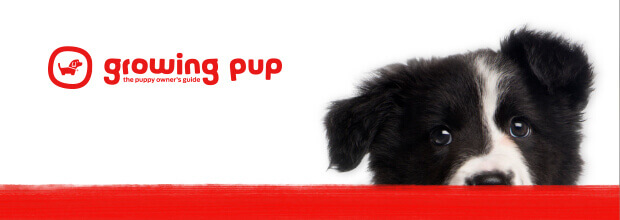Personality
Boxer dogs remain puppy-like throughout their lives, making them quite a handful! Lively, strong and loyal, they make great pets for all the family, adults and children alike, but can be boisterous so may not be suitable in a home with very young children - or where owners don't have time to give them the attention and exercise they need as they can get bored easily!
Fearless and very self-assured, they are not quick to pick a fight, but more than able to defend themselves if they have to. They do not like being left home alone and can become distressed and destructive.














